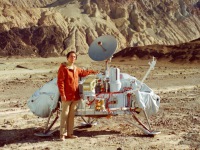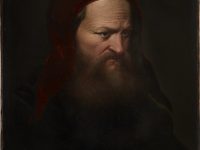Dr. Livingstone, I presume?
On November 10, 1871, British Africa explorer Henry M. Stanley found his missing colleague David Livingstone in Ujiji on the shores of Lake Tanganyika, who got lost because his obsession to discover the sources of the Nile in central Africa. “People talk of the sacrifice I have made in spending so much of my life in Africa. Can that be called a sacrifice which is simply paid back as a small part of…
Read more











